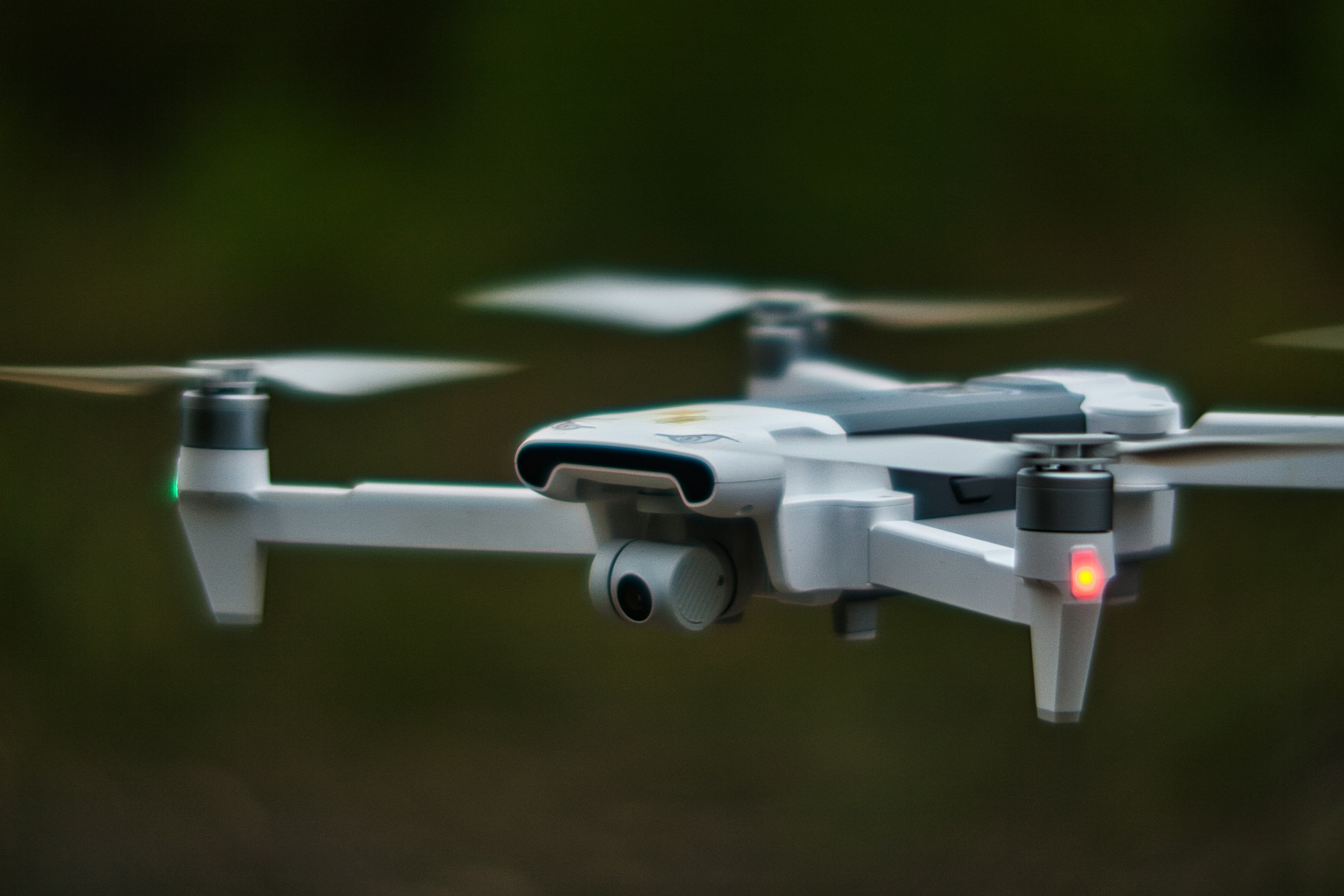PhD Studentship: Systems biology to define role of noncoding snoRNAs in cardiovascular health and disease
Location
UK Other
Closing Date
Wednesday 19 February 2025
Reference
MED2030
Systems biology to define role of noncoding snoRNAs in cardiovascular health and disease
About the project
Hypertrophic cardiomyopathy (HCM) is a common condition that can cause heart failure or death, as has occurred in football players mid-match. New drugs are being developed for patients but there is no cure, partly because of the complexity of the disorder, with clinical outcomes ranging from negligible to fatal. This project will create new understanding of HCM to improve diagnosis, monitoring, drug development and patient management.
Our work using isogenic, genetically engineered cardiomyocytes derived from human induced pluripotent stem cells (hiPSC-CMs) used functional analysis, transcriptomics and mass spectrometry proteomics to implicate snoRNAs as disease modifiers in HCM. This led to a successful award of £1m from the British Heart Foundation. Excitingly, we are finding that snoRNA overexpression in hiPSC-CMs alters protein pathways for adhesion and signalling, whilst gene knockout affects cardiovascular cell proliferation and expression of contractile proteins. The emphasis of our current work uses cutting edge technologies global transcriptomics and proteomics of the cells and their extracellular vesicles (EVs).
The PhD studentship will run in parallel to this work, conducting cell engineering and data synthesis to address the hypothesis that specific snoRNAs are causative in disrupting HCM metabolic signatures. This will entail nuclear magnetic resonance (NMR) and 3D OrbiSIMS to provide data for bulk cell populations and single cells, respectively; OrbiSIMS is unique to Nottingham, combining imaging with spatial metabolomics. Integrating functional cell-based assays and the ‘omics trio’ (transcriptomics, proteomics and metabolomics) using advanced computational biology will define holistic mechanisms by which snoRNAs govern cardiovascular health and disease. The three core questions of the PhD will be:
1) What role do snoRNAs have in regulation of genotype-phenotype?
2) How does modulation of specific snoRNAs affect the metabolic profile of hiPSC derived cardiovascular lineages?
3) What additional discoveries of snoRNA function are enabled by multi-omics integration?
The primary base for the PhD student will be the world-class University of Nottingham Biodiscovery Institute, providing exceptional facilities (also see BDI Brochure and a drone fly through of the labs *sound on). The student will have opportunities to work with postdoc researchers and PhD students in Nottingham, and to expand their training, skillsets and knowledge via research visits to Mandy Peffers (University of Liverpool), who is an expert in multi-omic approaches, and James Smith (University of East Anglia), who provides expertise in cardiomyocyte signalling pathways.
Entry requirements: The successful PhD student will have an exceptional ‘can-do’ attitude, with drive and enthusiasm to push scientific boundaries and overcome hurdles. They will have at least an upper second-class honours degree in biological sciences, or equivalent. Although not essential, a Merit or Distinction at Masters level would be beneficial, as would experience in stem cell culture, imaging, molecular biology, genetic engineering and/or bioinformatics analysis.
Informal enquiries should be directed to Prof Chris Denning () and Prof Vicky James ().
What next:
Apply online via https://www.nottingham.ac.uk/pgstudy/how-to-apply/apply-online.aspx. Please be advised that in the ‘Research Topic’ section of your application you should specify that you are applying for the ‘Systems biology to define role of noncoding snoRNAs in cardiovascular health and disease studentship.’
When submitting your application please also note Chris Denning as your nominated supervisor.
#J-18808-Ljbffr


